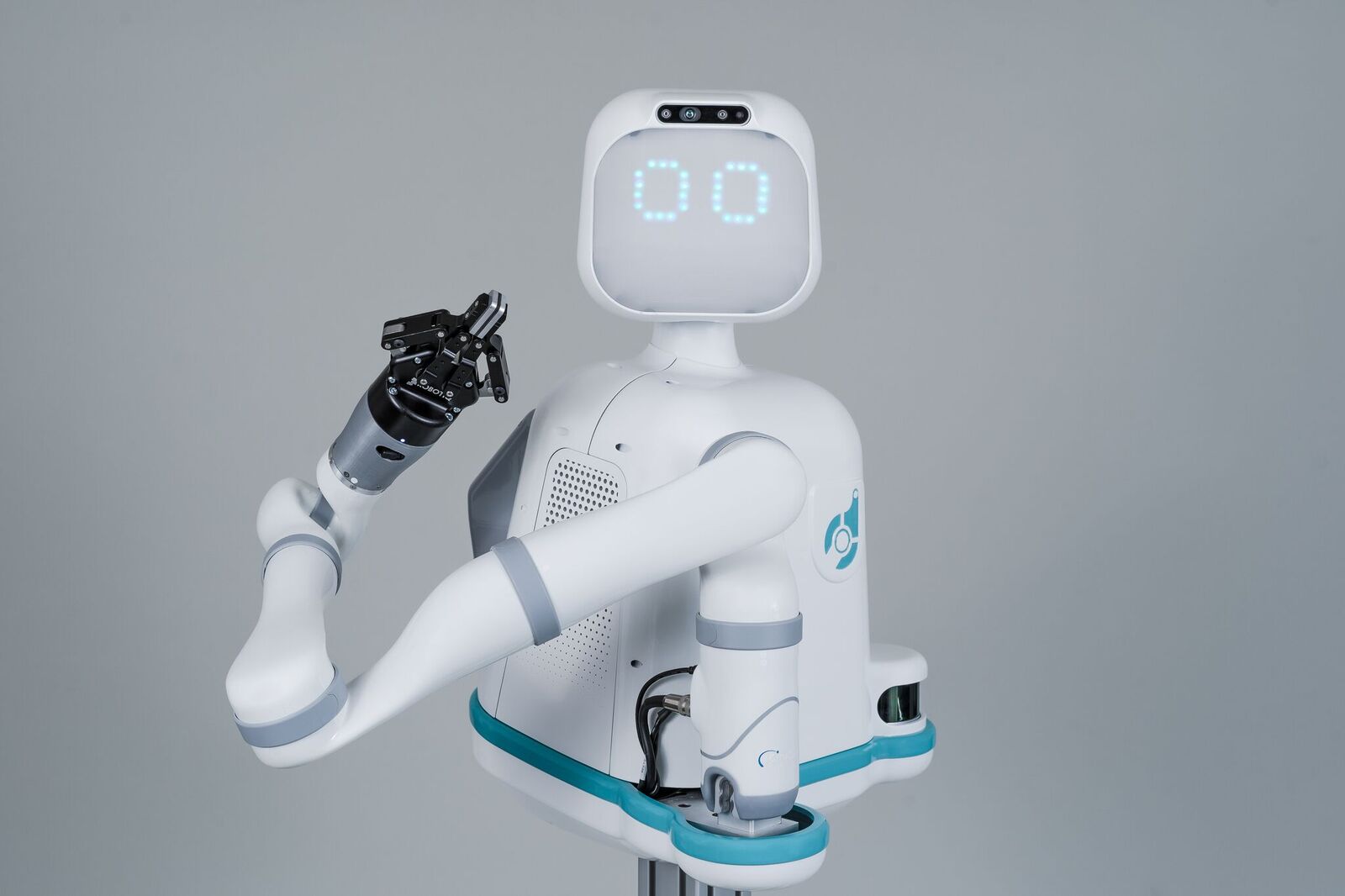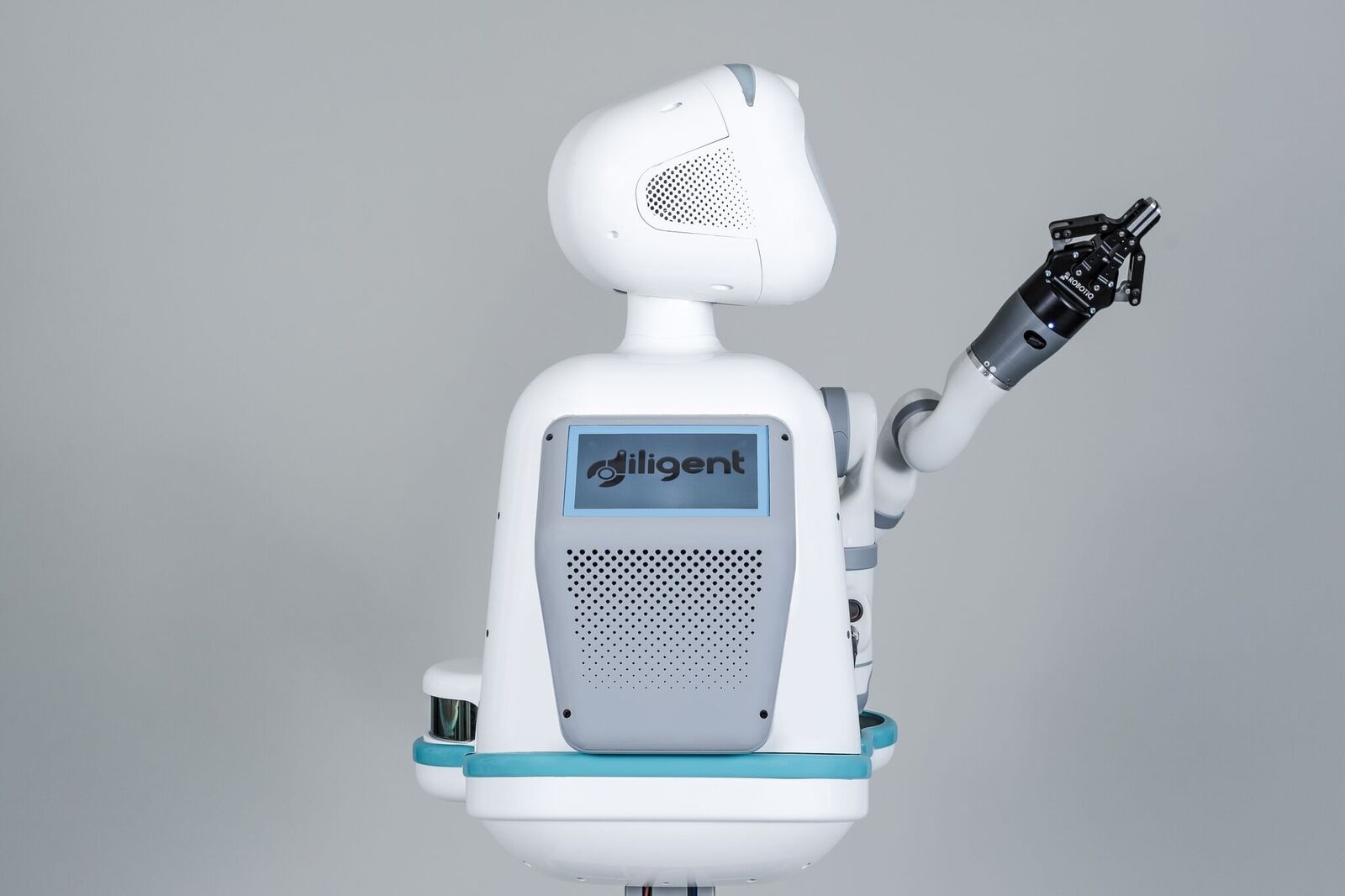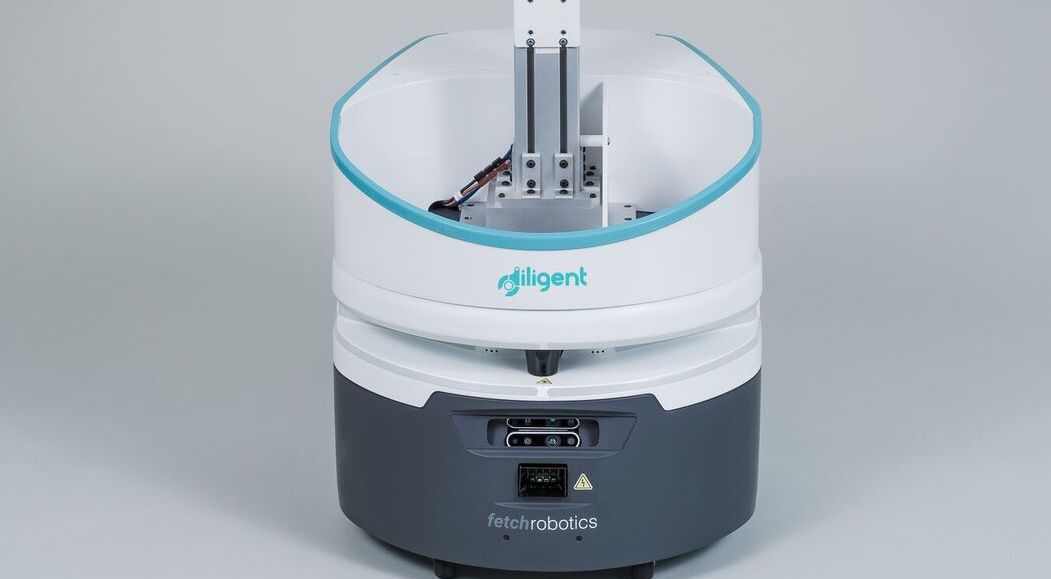With so many countries around the world struggling to recruit people for the health care sector, robots could one day provide a realistic solution to help ease the growing strain placed on existing workers.
While robotic technology is already helping some surgeons perform precision surgery, robots that can assist nurses and other personnel in their daily tasks are yet to make an impact.
In an effort to improve the situation for overburdened health care workers, Diligent Robotics has created Moxi, described as a socially intelligent robot capable of supporting clinical staff to become a vital and trusted member of the team.
Unlike, say, Robear — a Japanese-made health care robot capable of lifting people in and out of a bed — Moxi isn’t built for patient interaction. Instead, it’s designed to carry out a range of logistical tasks for nurses, giving them more time for interaction with patients.
Moxi, which was unveiled this week by the Austin, Texas-based tech company, incorporates artificial intelligence (A.I.) technology that helps it map and learn about its environment. It moves along on a set of wheels and uses sensors to help it avoid obstacles, whether moving or stationary. An arm and a sophisticated gripper allow it to perform tasks such as selecting medical items from storage that can be placed in an attached tray and then delivered to locations throughout the facility. Moxi also includes a screen that can display information related to the tasks that it’s carrying out.
Given that Moxi is designed to work in a potentially high-stress environment, its creators were keen to give the autonomous robot a congenial and cooperative personality. Diligent Robotics describes Moxi as “approachable and friendly,” and it certainly seems that way with its cute LED-lit face and soft voice.
“Clinical staff balance patient care with massive loads of manual logistical responsibilities, such as fetching and restocking supplies or setting up patient rooms for new admissions,” Diligent Robotics says on its website. “With an extra hand from Moxi, who autonomously completes those manual logistical tasks end-to-end without assistance, clinical staff focus on what they want to do and what they, as caring human beings, are best at — direct patient care.”
Indeed, with much talk these days about how robots are taking the place of human workers, Diligent Robotics is keen to point out that Moxi is designed to support staff rather than replace them.
Moxi will be put to work in a number of trials beginning this week at Texas Health Dallas, The University of Texas Medical Branch (UTMB Health), and Houston Methodist Hospital. The tests will give the team the chance to see Moxi in a real-world environment, enabling it to pinpoint ways to improve the design. Possible challenges could include Moxi’s ability to perform tasks in a timely manner compared to humans, and the degree to which having only wheels to move around prevent it from reaching various parts of a facility.
Still, it’s fascinating to see the first iteration of Moxi, a robot that could be helping out at a hospital near you in the not-too-distant future.





